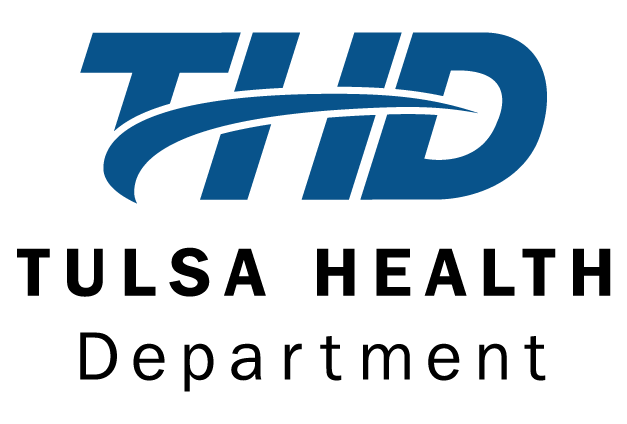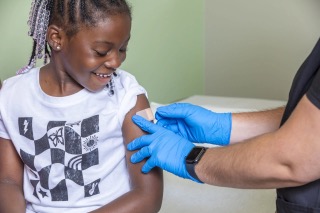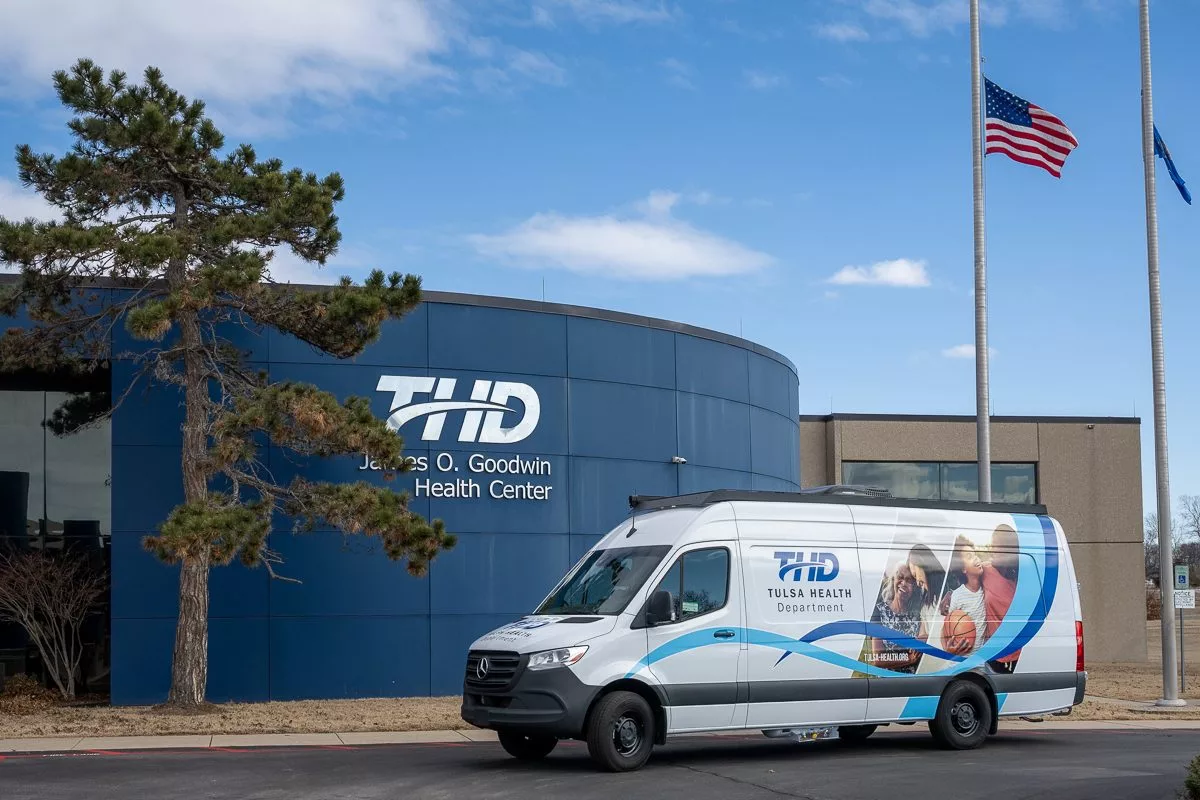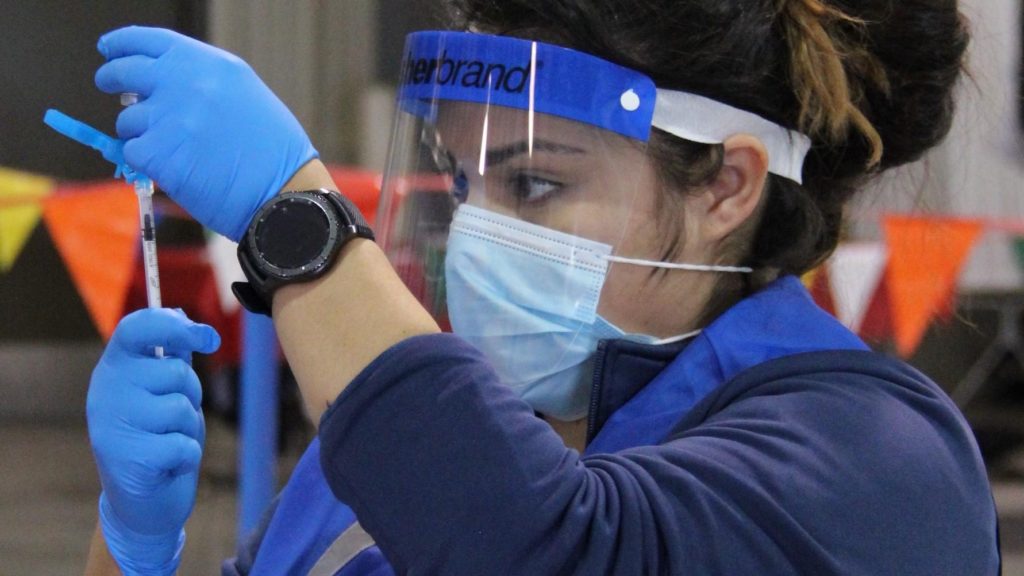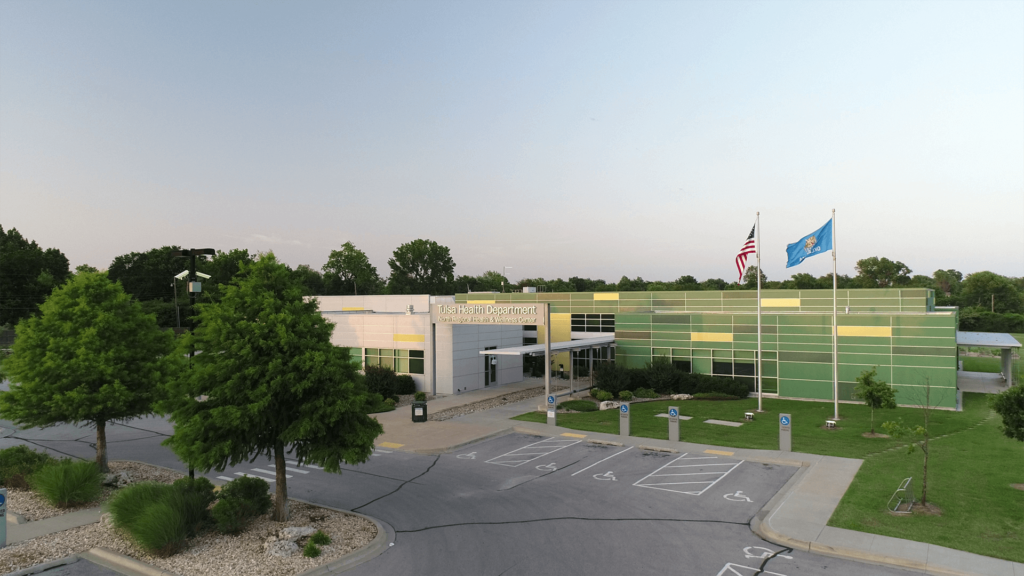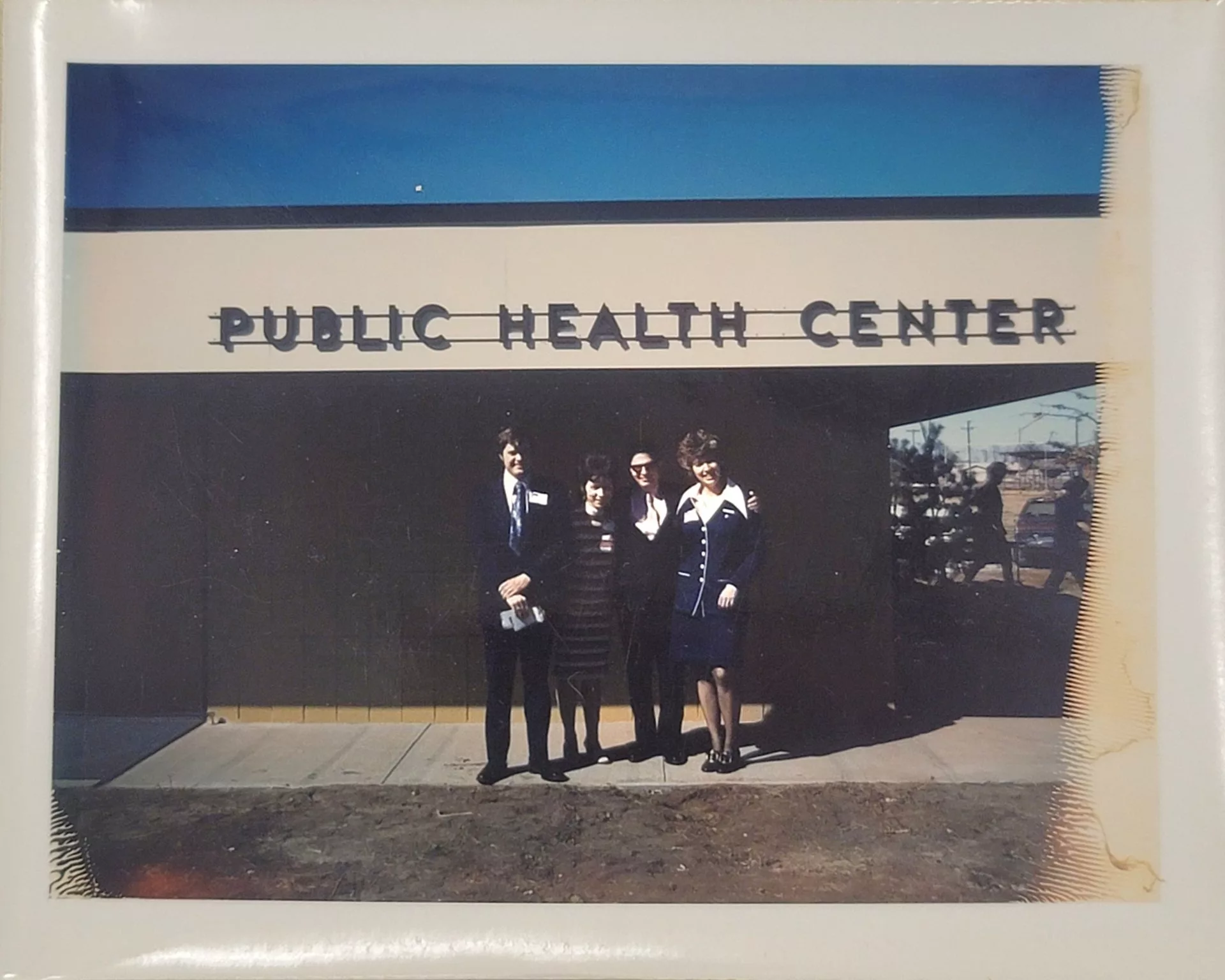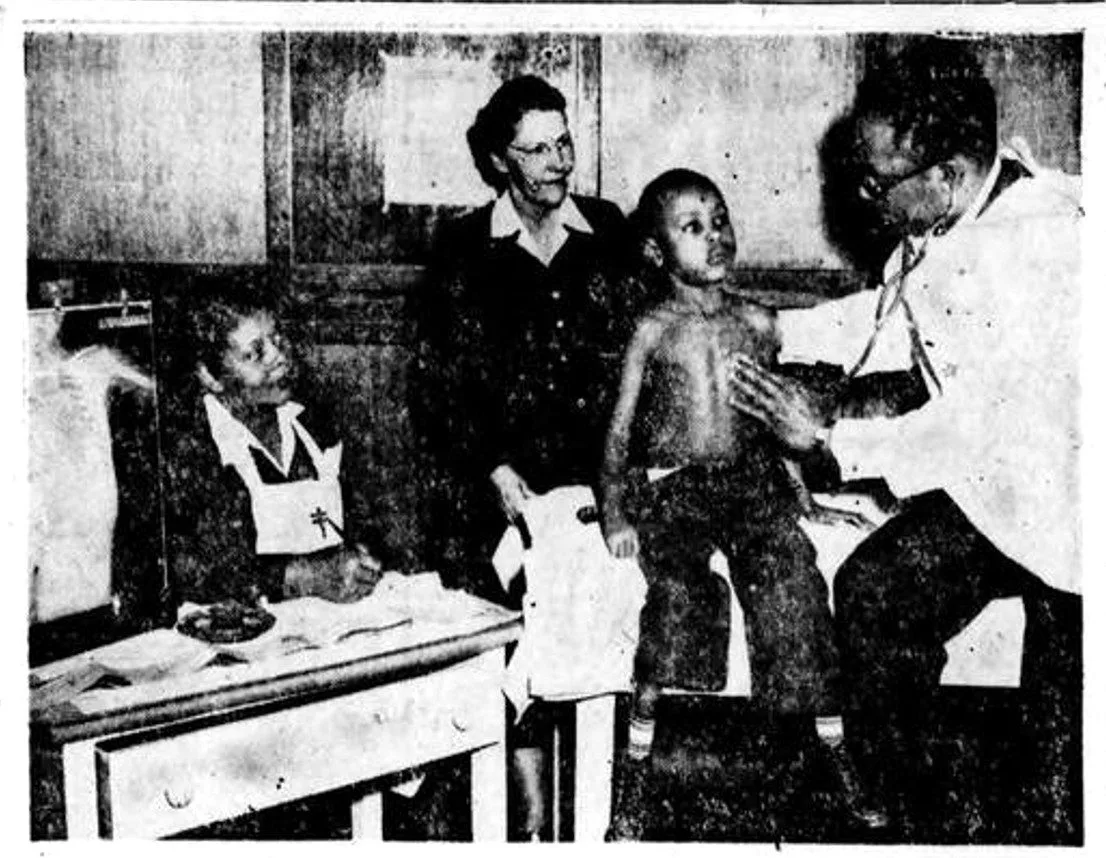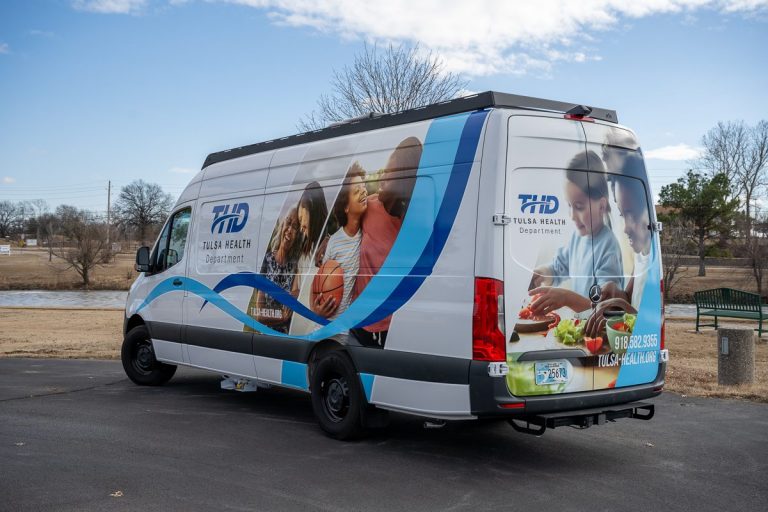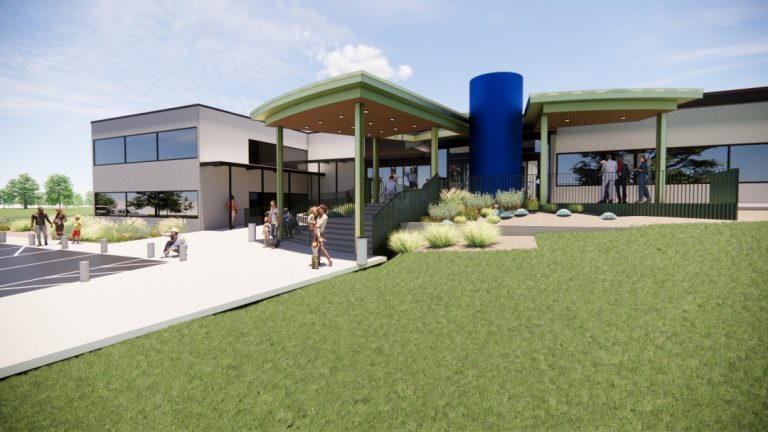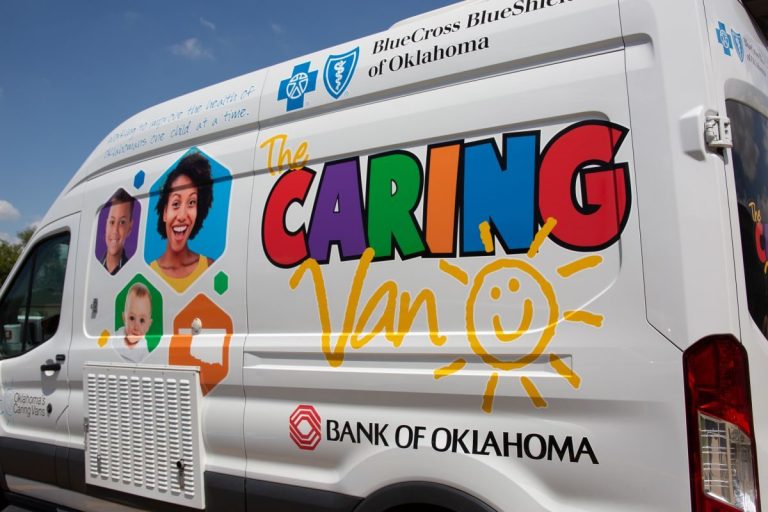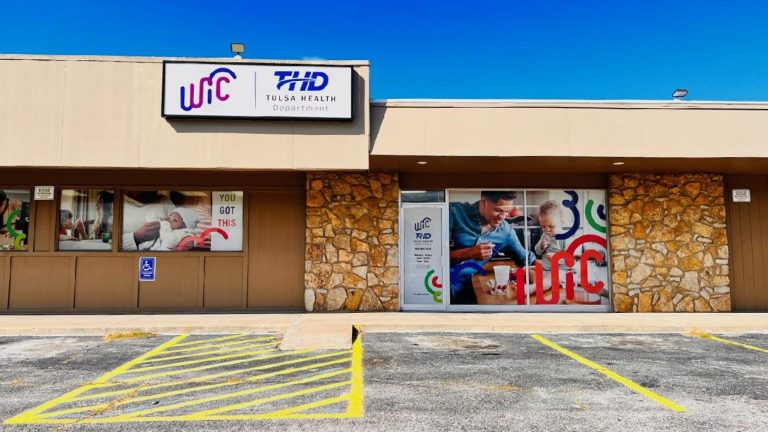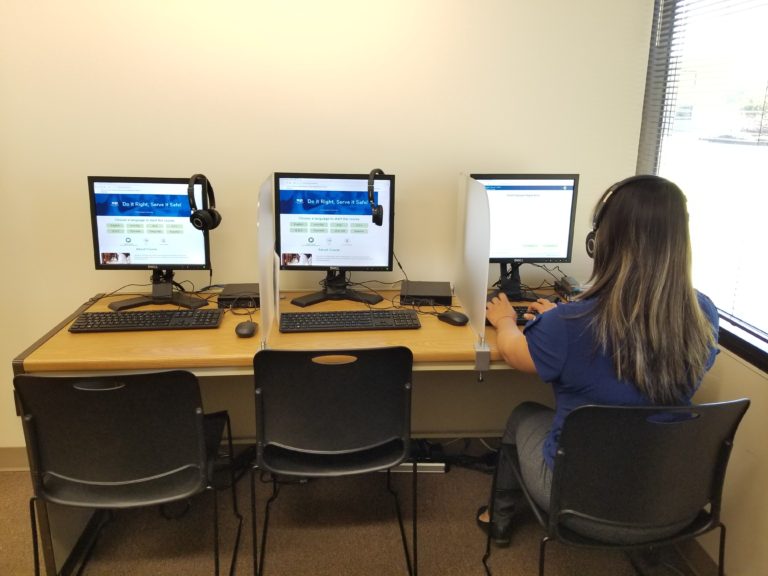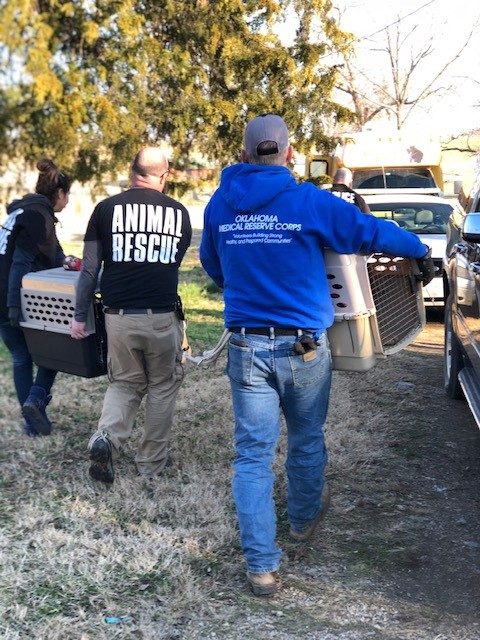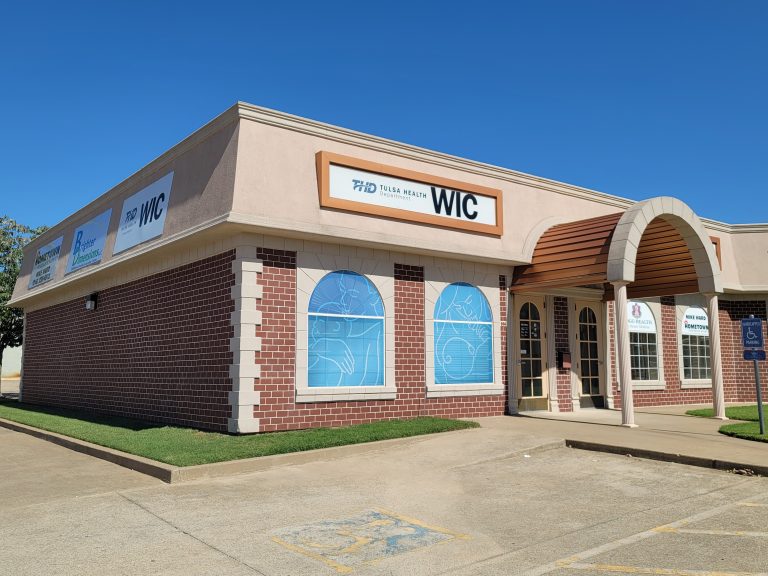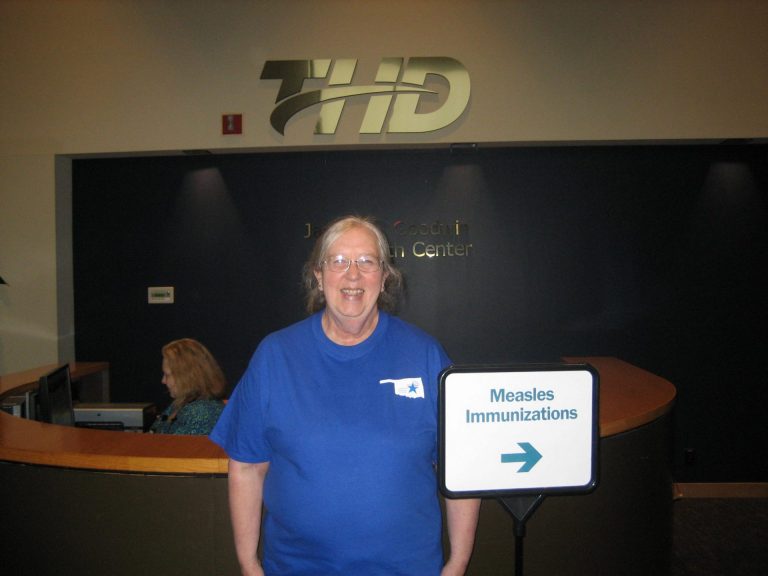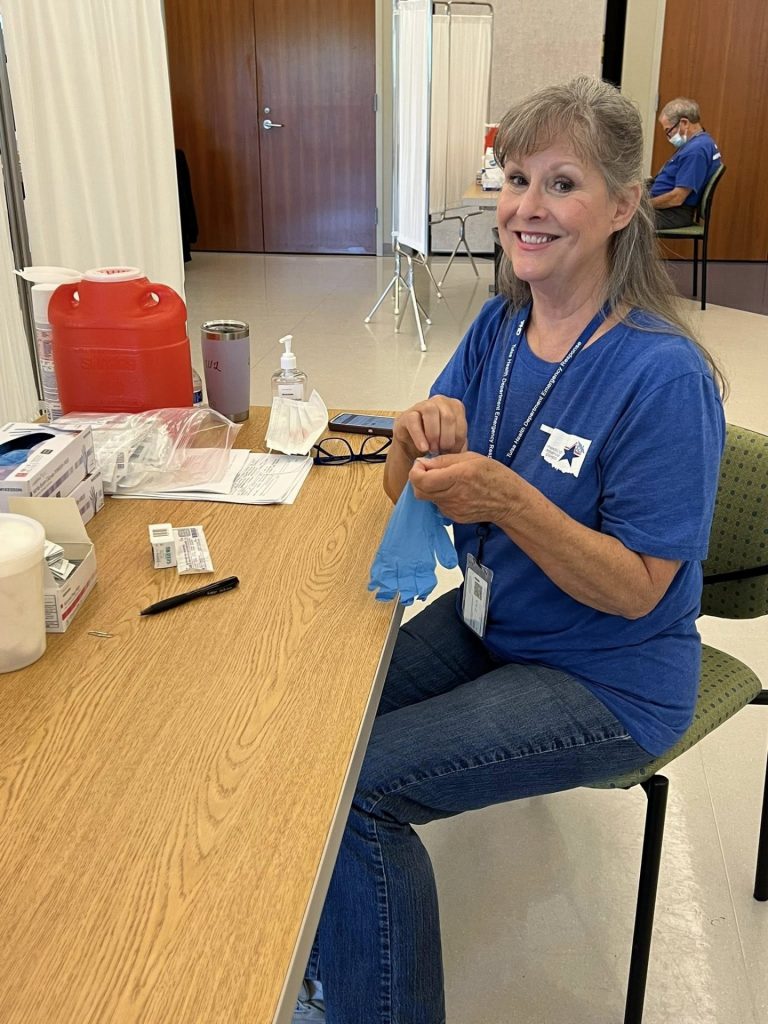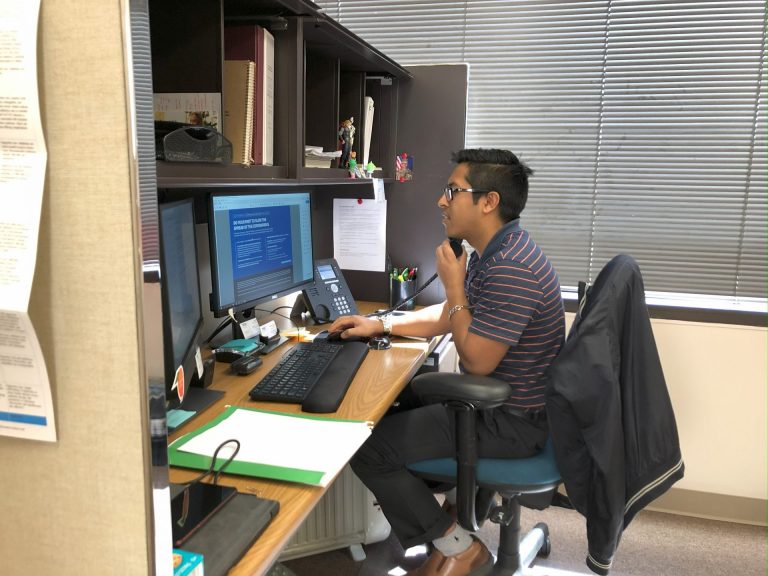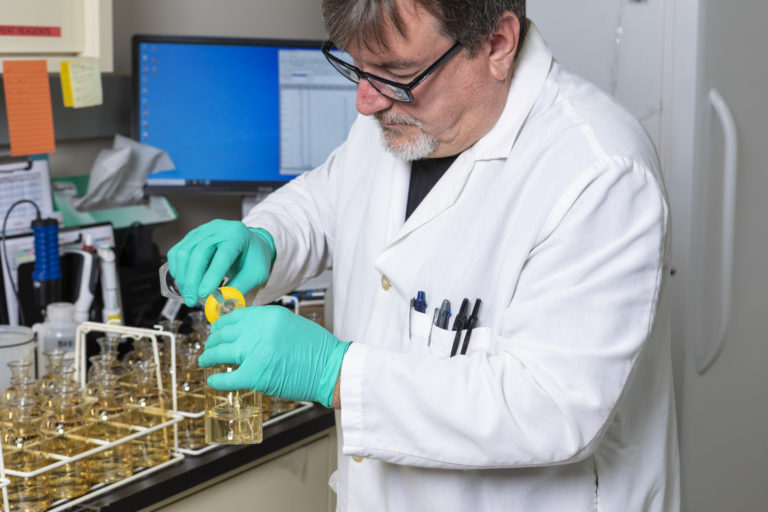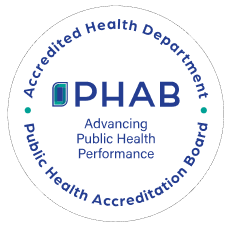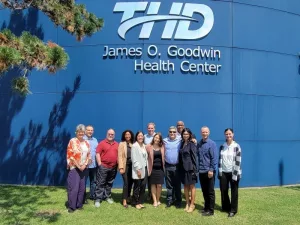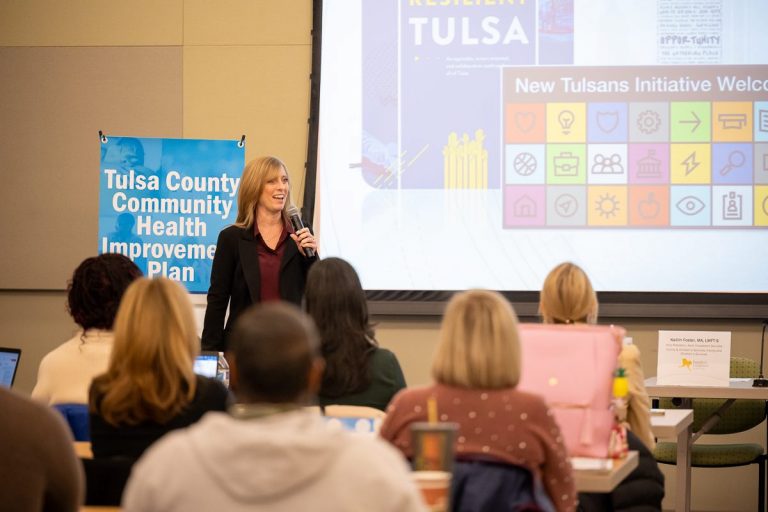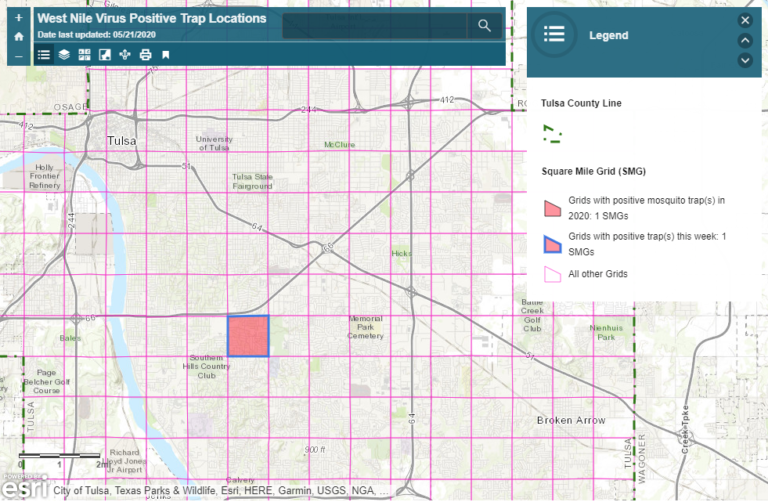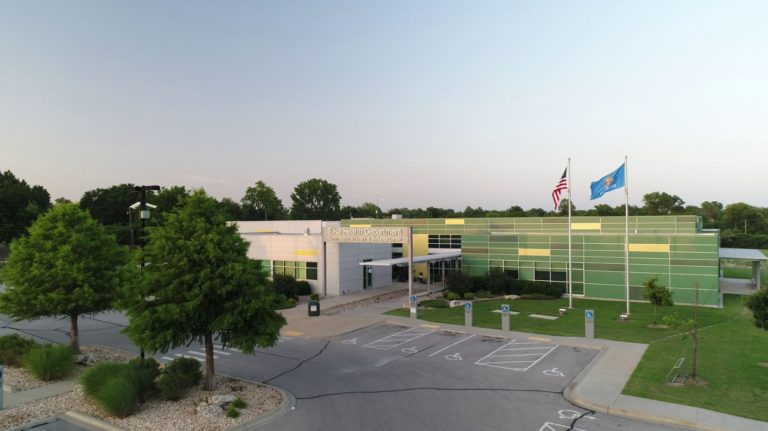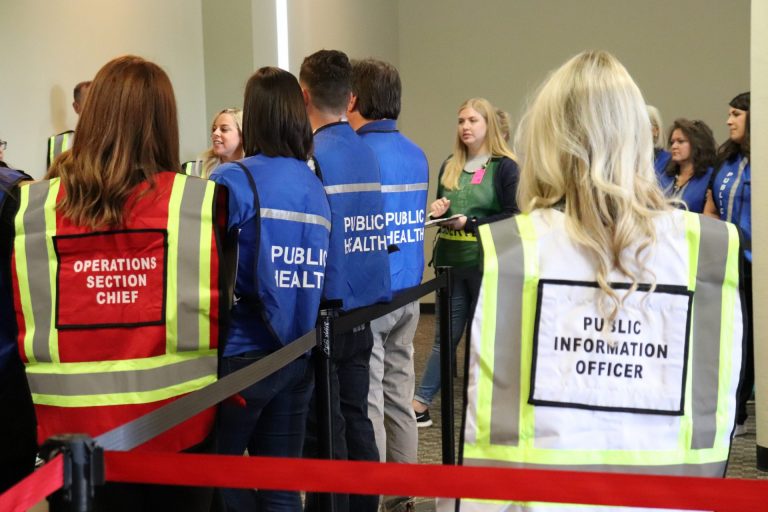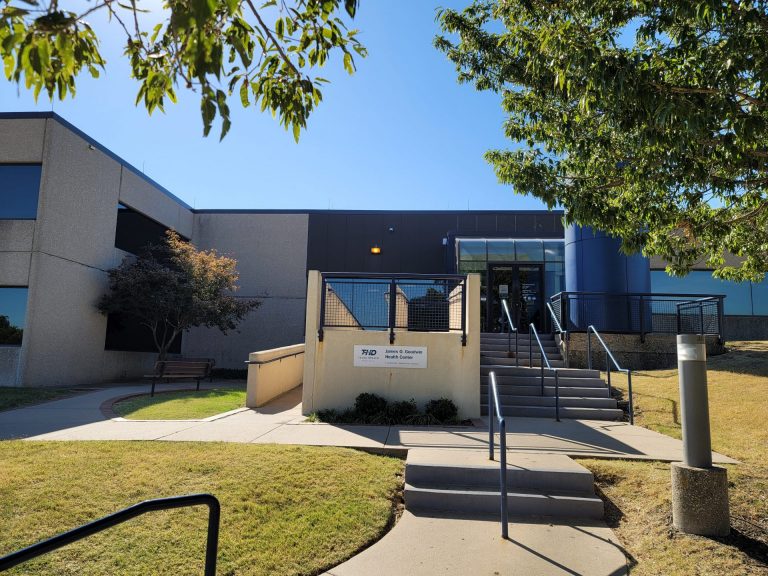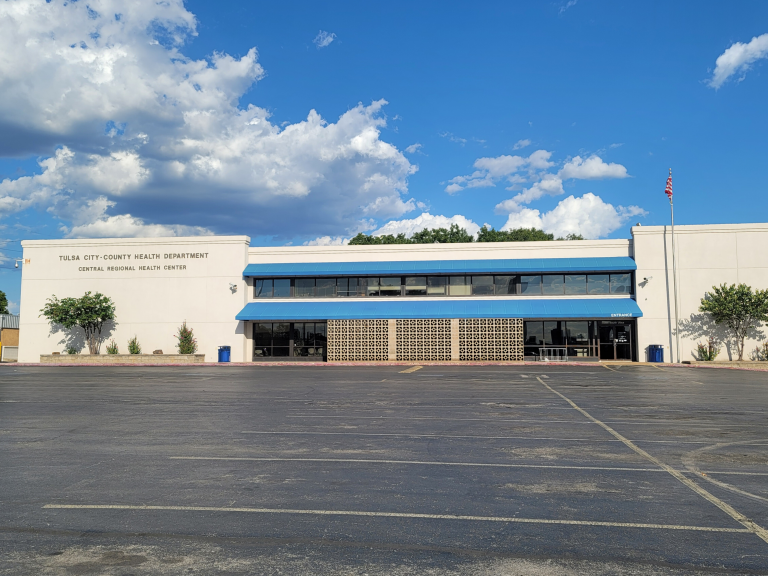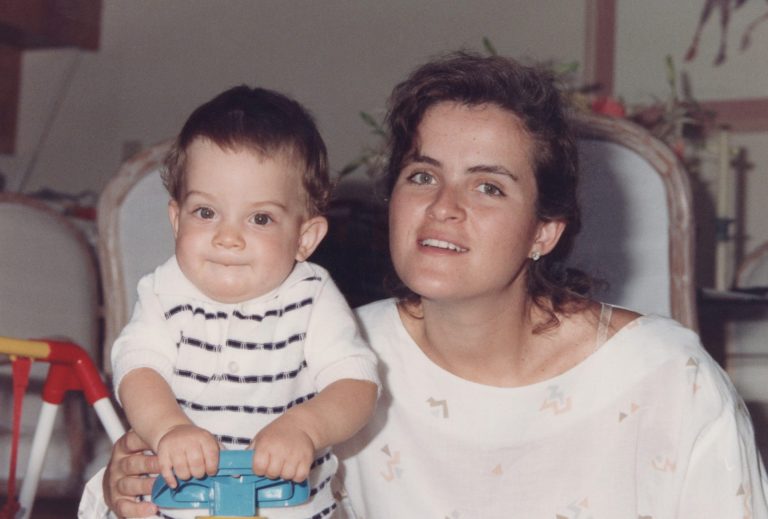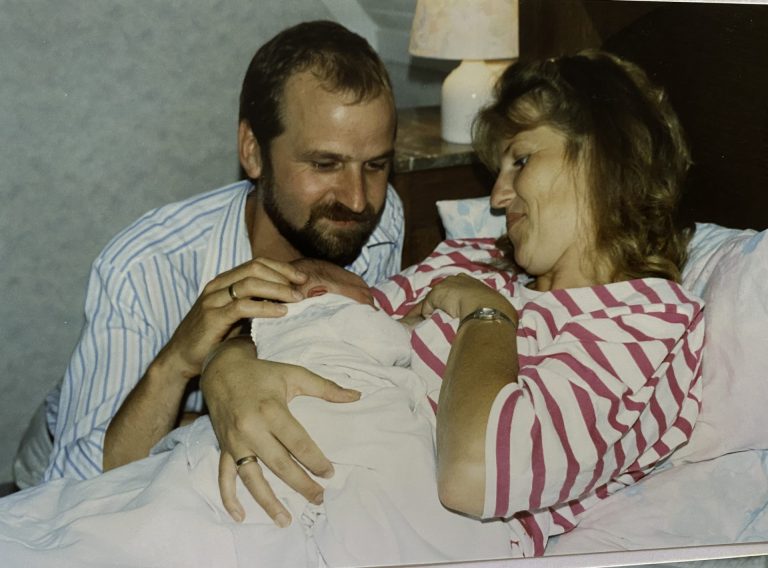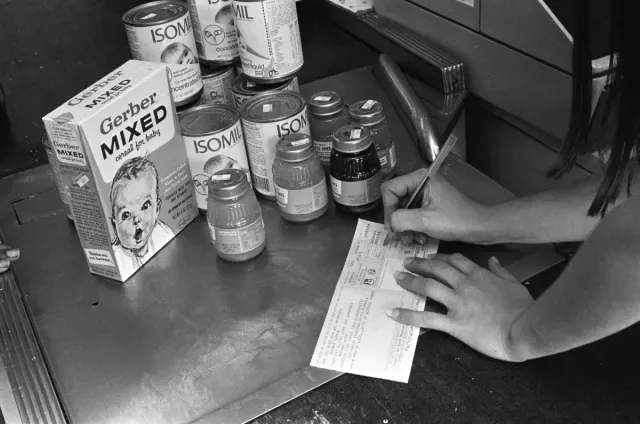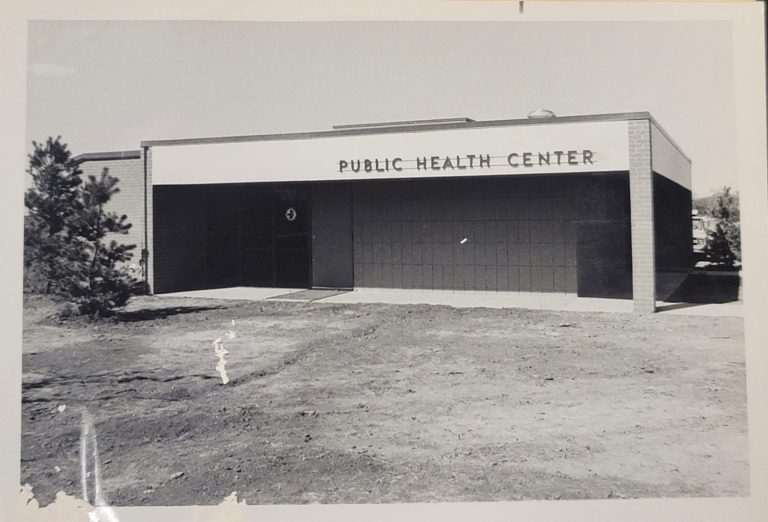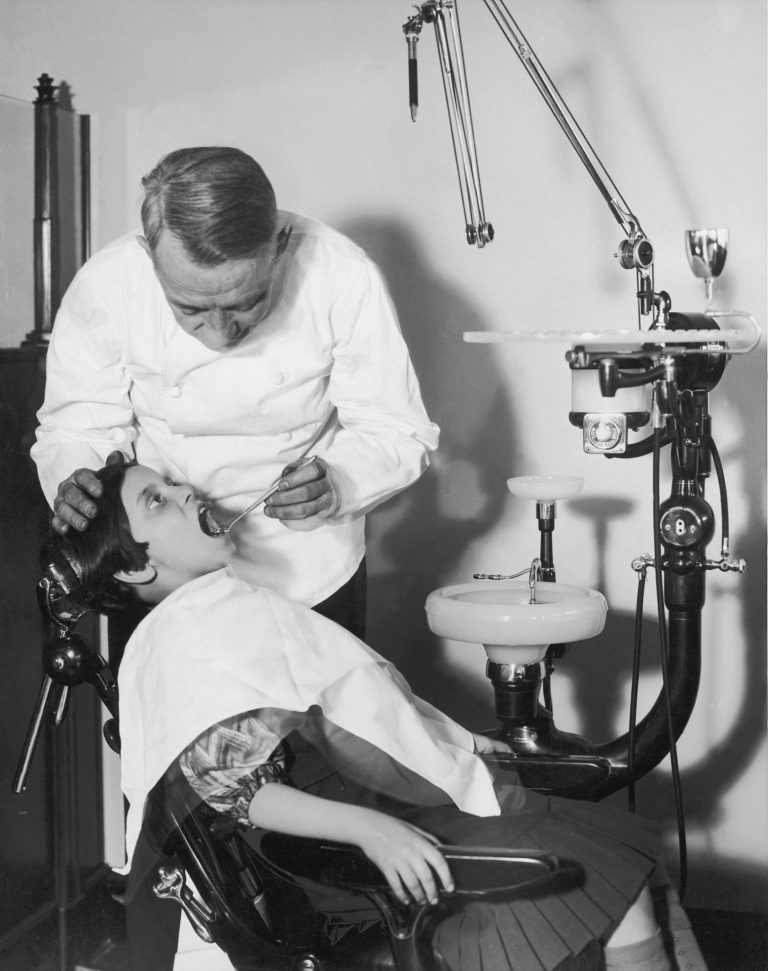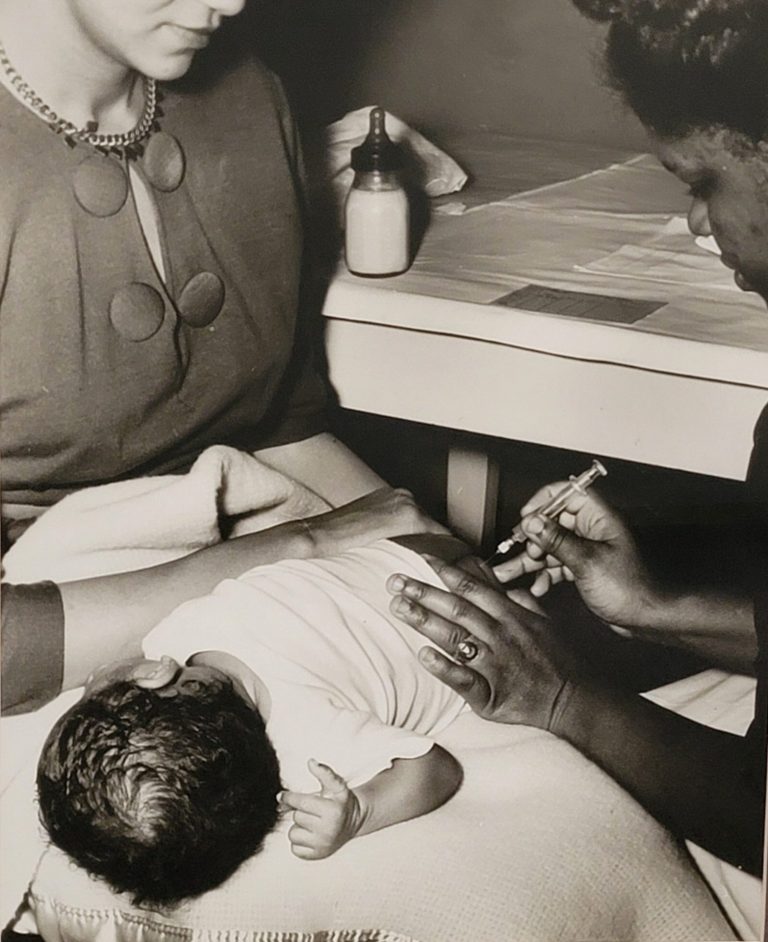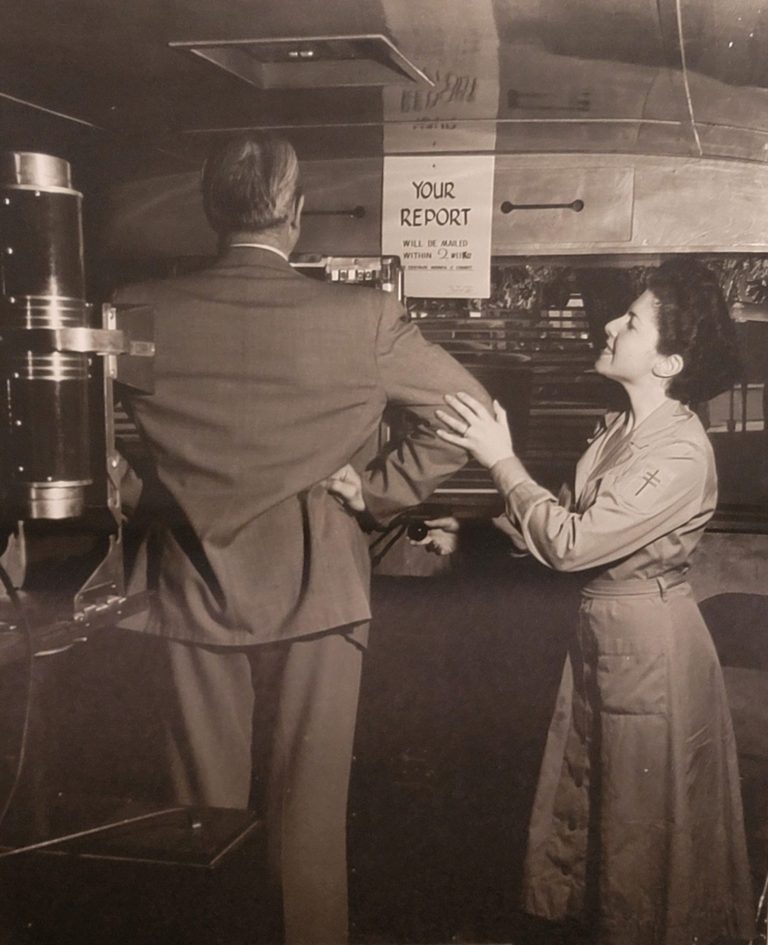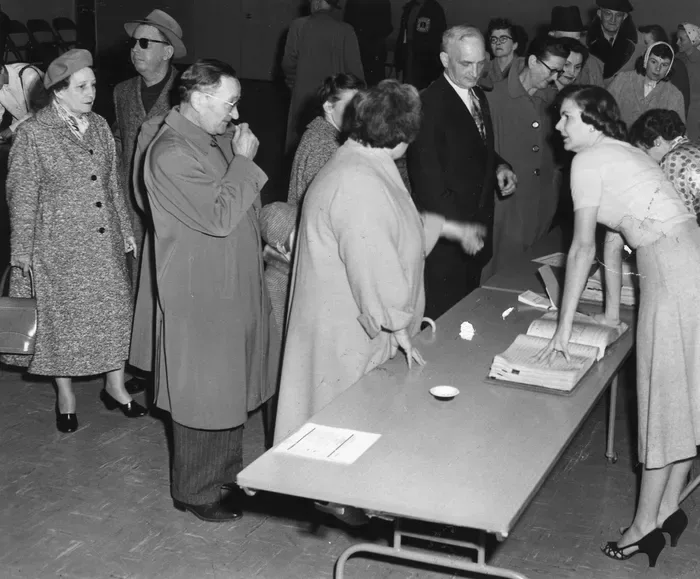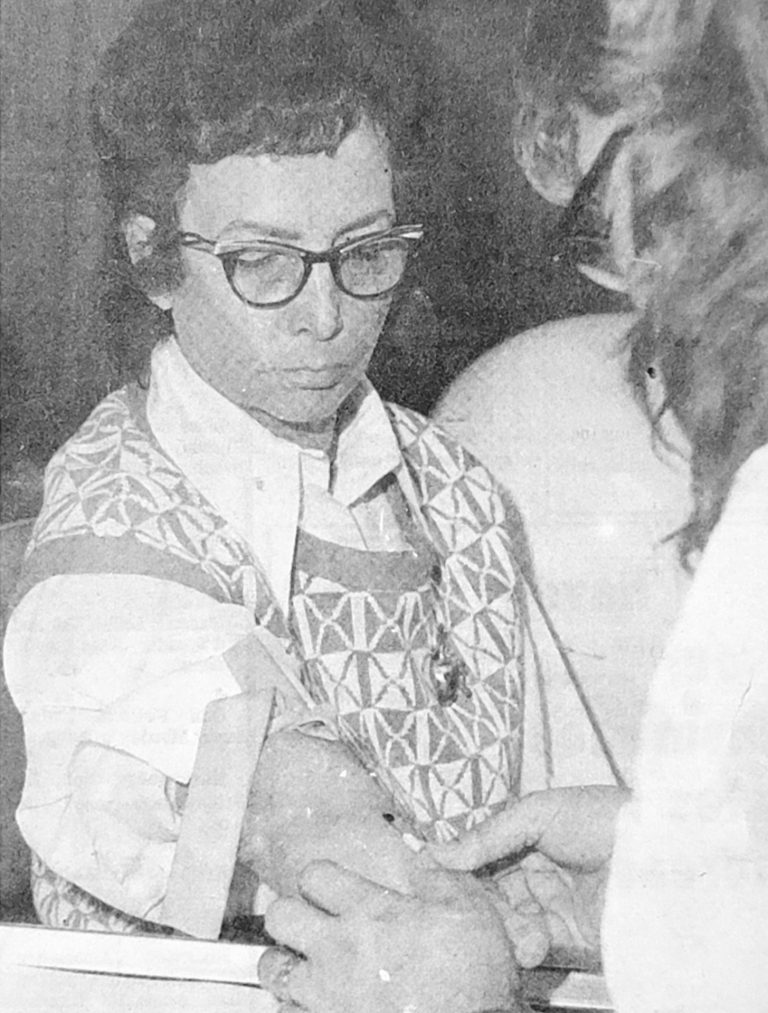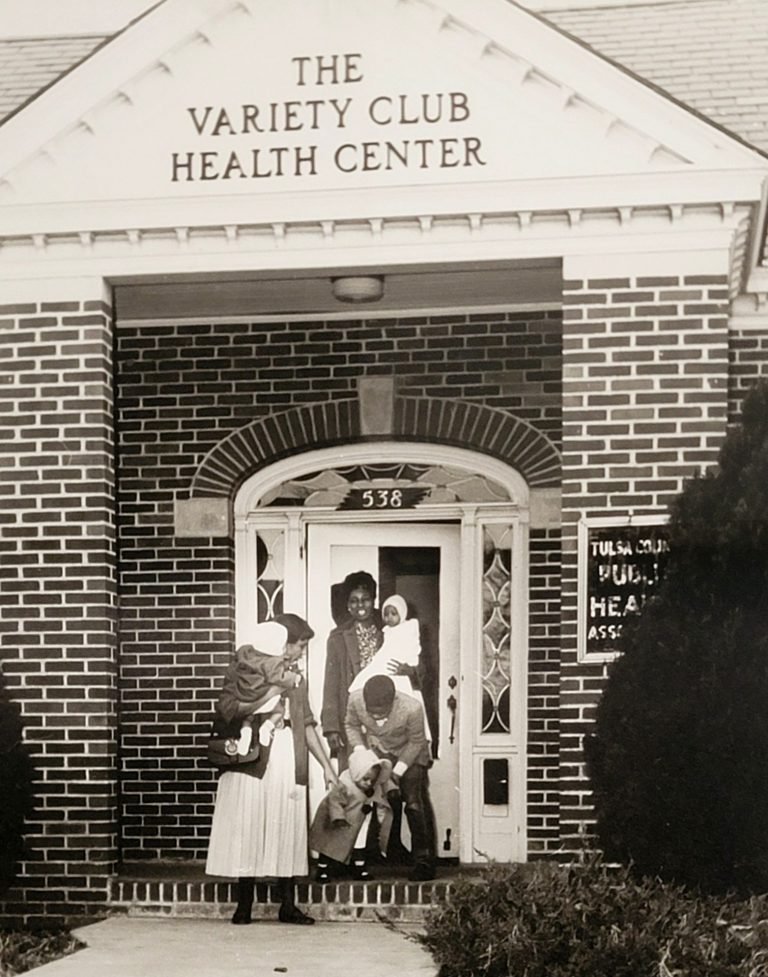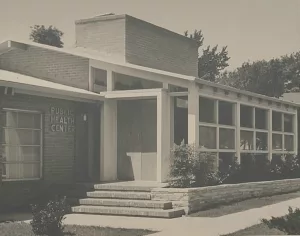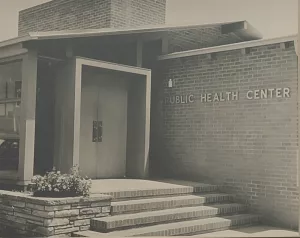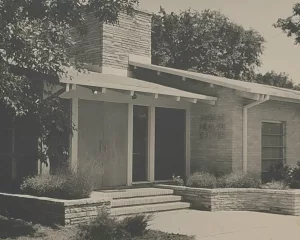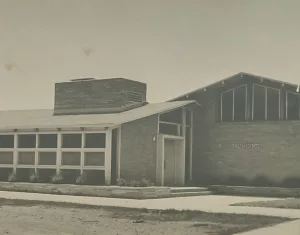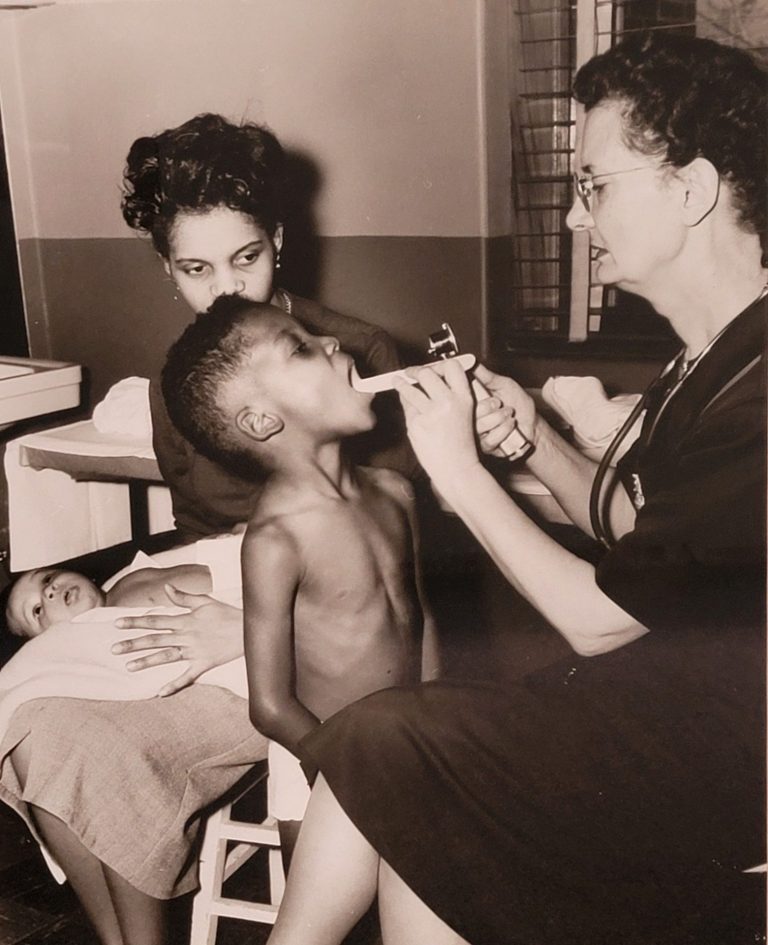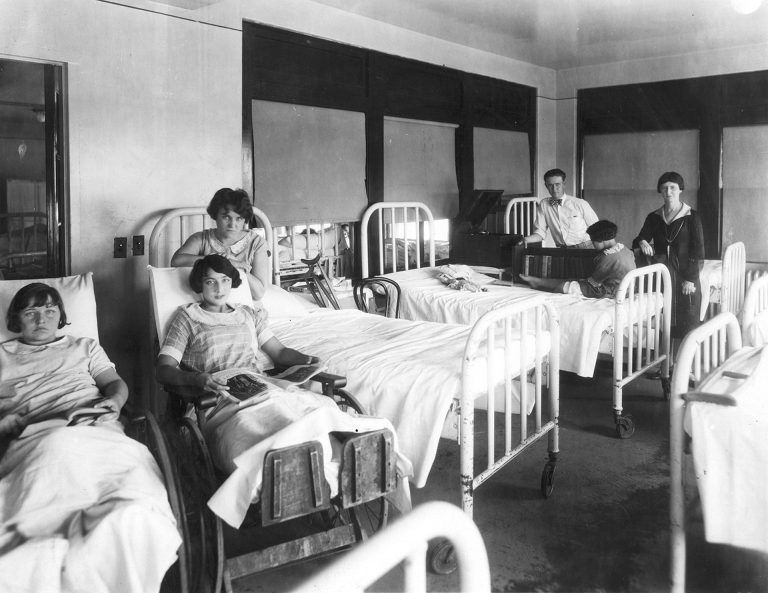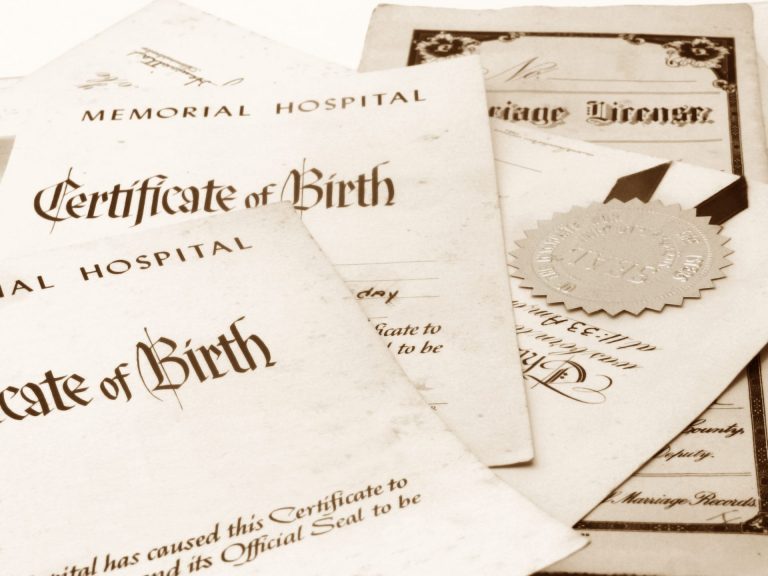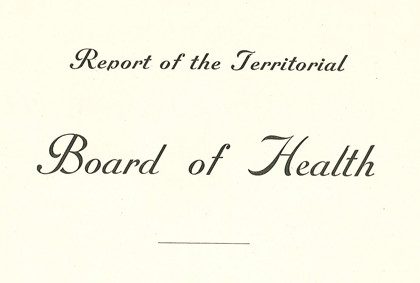The Tulsa Health Department was the first line of response when the outbreak began after the first identified case in Oklahoma was in Tulsa County on March 6, 2020. THD worked to control the spread of the virus across the county putting into action our emergency operations and response plans. These activities included, among other things, developing mechanisms to track and report data on the virus – with the outbreak rapidly evolving, we worked to set up data dashboards on our websites to display the latest data on cases, hospitalizations and deaths.
The Emergency Preparedness and Response Program (EPRP) is a program that is responsible for maintaining plans that ensure an effective and efficient response to public health emergencies in Tulsa County. EPRP had planned for and responded to many public health infectious disease outbreaks. COVID-19 became the largest public health emergency response since the program’s inception in 2002 and the longest activation duration. The team of nine put in over 21,000 hours of work to support the COVID-19 response and were available to meet the needs of internal and external community partners seven days per week, 24 hours per day.
EPRP staff established the phone bank and served as unit leaders to ensure the public had access to accurate, timely information regarding the response. Scheduling staff to fill the operator roles, researching the rapidly changing messaging regarding COVID-19, providing just-in-time training multiple times per day to the volunteers and employees assigned to the phone bank was extremely labor intensive.
EPRP staff identified the locations and set up all the COVID-19 testing sites, which required new contracts and agreements to accommodate the logistical needs to keep the public safe during testing processes. The testing coordination also involved ensuring test kits, laboratory resources and results reporting were provided to community partners. EPRP led the development and implementation of a new platform for scheduling and results reporting in three languages. These activities were occurring seven days per week.
Between July 1, 2020 and June 30, 2021, the team stood up nine different locations, each with their own unique layout and staffing needs. The preidentified areas at the POD sites were not available for use which led the team to creating new layouts and identifying the number of staff and Oklahoma Medical Reserve Corps Volunteers (OKMRC) needed to operate the site.
The Epidemiology team is responsible for investigating reportable diseases in Tulsa County in a timely manner in order to prevent and/or minimize the transmission of illness. Throughout the COVID-19 pandemic, the epidemiology team were the lead contact tracers making countless calls to Tulsa County residents to provide accurate and up-to-date recommendations for their situations. The team had also been an asset to area schools as they navigated in-person and virtual education for their students. Although COVID-19 was a focus for the team, the team continued to respond to other reportable diseases throughout the pandemic.
THD began administering COVID-19 vaccines in December 2020 at various locations at the fairgrounds. Since that time, THD has administered more COVID-19 vaccines than any other provider in Oklahoma. THD staff continued to provide immunizations as an essential service to protect Tulsa County residents from vaccine-preventable diseases. Qualtrics was implemented in order to offer a self-scheduling portal for Immunizations (including COVID-19 and flu shot scheduling). This reduced the call volume to the phone bank and schedulers and allowed the public access to 24 hours a day scheduling.
THD has a long-standing partnership with the Oklahoma Caring Foundation, and THD nurses work to administer the vaccines provided on Caring Vans. THD utilized the Caring Vans to bring the vaccine to community groups and reduced access barriers to provide underserved groups increased access to the protection COVID-19 vaccinations provide.
The THD data team supported the weekly COVID-19 data dashboard update. This community resource is widely shared and utilized among members of the public, community partners and community stakeholders. This unique dashboard was developed in ArcGIS Online by a THD staff member to share Tulsa County COVID-19 data to the public. This dashboard hosted a total of 26 data panels and adapted to the data needs of the changing environment. The team also fulfilled numerous data requests related to COVID-19 data for community partners.
COVID-19 continued to be a large part of our agency’s focus but as the years progressed, we modified our operations to reflect how COVID-19 has evolved from pandemic to endemic status. It is no longer an emergency response, but our actions reflect the virus is no longer novel – it is here and will always be a part of our lives going forward. THD continues to track and report data on the virus and use other surveillance tools such as wastewater testing to proactively determine what pathogens are circulating in our community so our response can be proactive as opposed to reactive.
